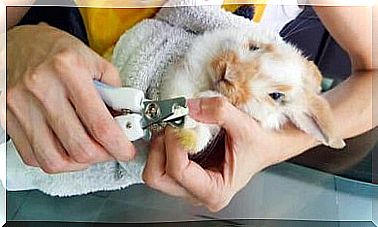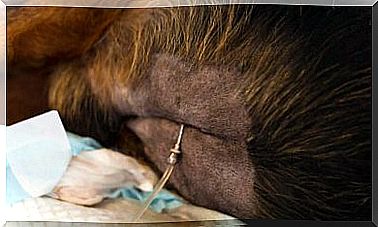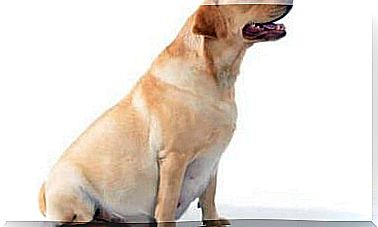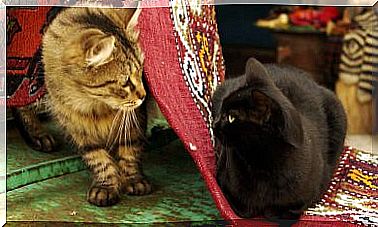Cat Breeds With The Least Illnesses

In general, the breeds of cats with the least diseases are those that have gone through the least genetic selection process, that is, the closest to the European short-haired cat. Anthropogenic selection is what causes animals to develop congenital pathologies that otherwise would not appear in nature or would not reproduce.
Unlike dogs, the selection of cats in the creation of new breeds has always had an aesthetic purpose. Many dogs have bone and joint problems due to their physical shape, but cats do not, with rare exceptions. Next, we’ll talk about cat breeds that generally don’t carry disease-causing genes.
cats with less disease
In most cases, breeds of cats that have congenital problems originate from the breeder. People who are dedicated to breeding pure breeds can succumb to the temptation to cross animals with known pathologies without worrying about animal welfare or the people who will acquire the feline.
Thus, many cat breeds tend to suffer from diseases such as the typical hypertrophic cardiomyopathy in sphynx, ragdoll, or Siamese cats. In fact, the Siamese cat may be the breed with the most inherited diseases, as it is an ancient and widely crossed strain between members of the same family.
Therefore, when purchasing a breed cat, it is essential to know the breeder and the reputation that precedes him. Another problem for breeders is that they sometimes breed cats with viral illnesses that go undetected at an early stage, but which sooner or later manifest themselves. This is the case of infectious peritonitis, calicivirus or herpesvirus.
At first glance, animals that carry the virus appear totally healthy, but due to stress and other factors, disease can develop. Everything would be resolved if the breeders avoided crossing with sick animals. Below, we present the breeds that are most free from this pathology.
European Shorthair
The most disease-resistant cat breed is the European short-haired cat. Although these cats can develop any pathology like any other cat, because they are not subject to continuous human selection, they are less likely to carry disease-causing genes.
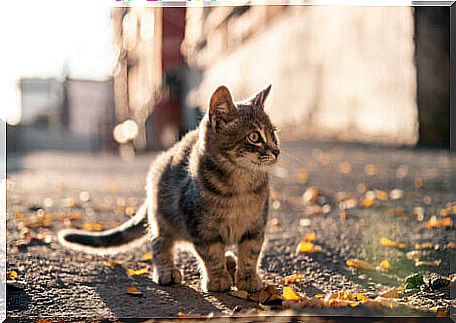
English shorthair cat
Another very healthy breed of cat is the English Shorthair. This light gray feline has a more than acceptable life expectancy of over 15 years. However, you can happen to carry the gene that causes hemophilia B, a type of blood disorder that causes clotting problems.
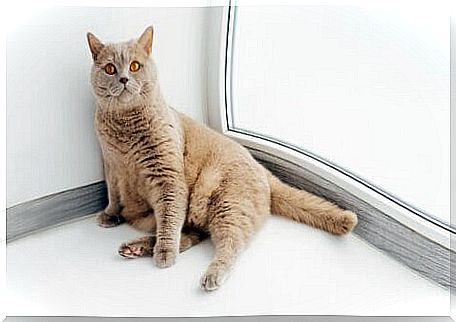
chausie
Little known in Europe, the chausie cat breed is one of the strongest. According to the The I international cat Association (TICA) , the chausie is a natural cross between a wild cat ( felis chaus ) and domestic cats. This mixture increases genetic variability and, with it, disease resistance.
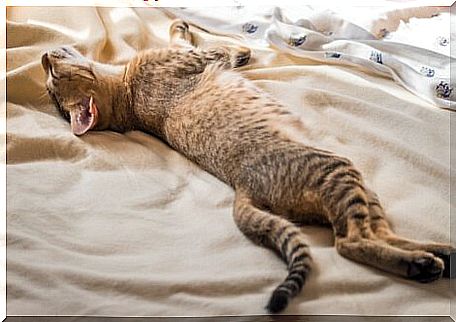
Nebelung
The nebelung cat variety is also a breed with few problems. Similar to the Angora cat, but with a gray coat, the nebelung has a life expectancy of between 15 and 18 years.

What makes these breeds tougher?
As has been said many times, what makes a species stronger and more resistant to disease – in addition to having a low probability of developing hereditary diseases – is genetic variability.
All breeds of cats, like dogs, are born from the crossing of closely related individuals, that is, inbred. This reduces genetic variability and negative mutations accumulate over generations.
Animals that have deleterious recessive alleles—a copy of the gene that is only expressed when both alleles are recessive—may leave this legacy to their offspring. If two sibling cats are mated, the probability that these alleles will be transmitted to the same individual increases.
In other words, the new cat will only have recessive copies that will express themselves, and if they give rise to a pathology, he and all of his offspring will either suffer from it or carry that “harmful” allele. This reduction in genetic variability leads to inbreeding depression, which drastically reduces the viability of a species or race.
When crosses between cats occur randomly and the probability of breeding with a relative is almost nil, the genetics of the species improves. Likewise, they also increase your survival and your overall health. For all these reasons, if you want to have a healthy feline, it’s best to get a European shorthaired cat specimen.

